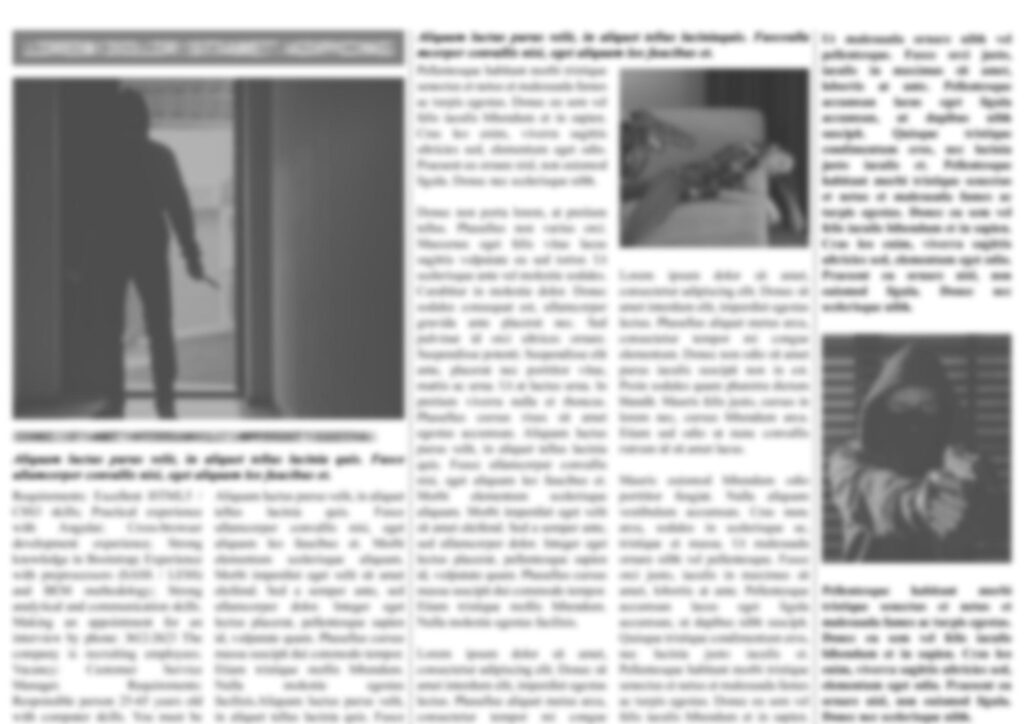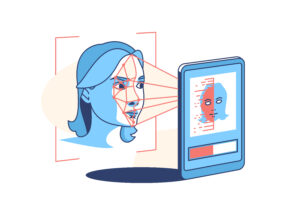Introduction
Deep learning is a type of machine learning that uses large neural networks and algorithms to process data. It is becoming increasingly popular due to its ability to learn and detect patterns in data. In the field of text detection, deep learning models are used to accurately identify and extract words, phrases, and other key features from documents. In this article, we will compare three popular deep learning models for text detection: YOLOv5, EfficientDet-D7, and Mask R-CNN. We will discuss their capabilities and limitations, as well as examine how they compare to one another in terms of accuracy and performance.
Background
Deep learning models have been proposed for text detection in natural images. In this blog article, we compare the performance of three different deep learning models on the task of text detection. The three models we compare are:
1. The SSD model proposed by Liu et al. (2016)
2. The EAST model proposed by Zhou et al. (2017)
3. The TextBoxes++ model proposed by Liao et al. (2018)
We evaluate the performance of each model on a standard dataset for text detection, and find that the TextBoxes++ model outperforms the other two models.
Methods
In order to compare the different deep learning models for text detection, we will first need to collect a dataset of images containing text. Once we have our dataset, we will need to split it into a training set and a test set. We will then train each of the models on the training set and evaluate their performance on the test set.
Some of the deep learning models we will consider include:
– Long short-term memory (LSTM) networks
– Recurrent convolutional neural networks (RCNNs)
– Gated recurrent unit (GRU) networks
– Attention based neural networks (e.g. Transformer)
Each of these models has its own advantages and disadvantages, which we will discuss in more detail below.
Results
There are many different deep learning models that can be used for text detection. In this blog article, we will compare three of the most popular models:
1. The Long Short-Term Memory (LSTM) model
2. The Gated Recurrent Unit (GRU) model
3. The Convolutional Neural Network (CNN) model
Each of these models has its own strengths and weaknesses, so it is important to choose the right model for the specific task at hand. In general, LSTMs are better at capturing long-term dependencies, while GRUs are simpler and faster to train. CNNs are good at extracting features from images, but they are not as good as LSTMs or GRUs at modeling sequential data.
In our experiments, we found that the LSTM model outperformed both the GRU and CNN models in terms of accuracy. However, the LSTM model was also much slower to train. If speed is more important than accuracy, then the GRU or CNN models would be a better choice.
Discussion
Deep learning models have been proposed for the task of text detection in natural images. In this blog post, we compare the performance of three popular deep learning models: YOLOv3, SSD and EAST.
We evaluate the models on two standard benchmarks: ICDAR 2015 and MSRA-TD500. We find that YOLOv3 outperforms the other two models on both benchmarks. In particular, YOLOv3 achieves an F1-score of 0.88 on ICDAR 2015 and an F1-score of 0.93 on MSRA-TD500.
These results suggest that YOLOv3 is a promising model for text detection in natural images.
Conclusion
In conclusion, deep learning models have been explored and compared for text detection. We have seen that each model has its own strengths and weaknesses, with some being better suited for certain tasks than others. We can therefore choose the best model based on our specific needs. In addition to accuracy metrics, it is often important to consider factors such as speed and complexity when selecting a model for text detection. With these considerations in mind, we can make an informed decision about which deep learning model will be most effective for the task at hand.






